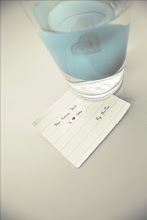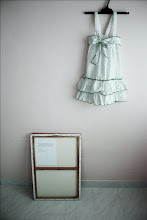A lesson by
Ms. Tasya.
Juxtaposition can be defined as placing two variable, side by side and their contrast or similarity are shown through comparison. Many creative processes rely on juxtaposition. By juxtaposing two objects or words next to each other, human brain will automatically associate or transfer meaning. Usually ‘turning’ something familiar to something less familiar or vice-versa.
Juxtaposition is the arrangement of two or more ideas, characters, actions, settings, phrases, or words side-by-side or in similar narrative moments for the purpose of comparison, contrast, rhetorical effect, suspense, or character development.
Juxtaposition may refer to
juxtaposition (literary) and
random juxtaposition.Juxtaposition (literary), synonymous with contrast, two objects or texts that oppose one another.
In linguistics and semantics, contrast is a relationship between two discourse segments. Contrast is often overtly marked by markers "such as", "but" or "however".
The majority of the studies done on contrast and contrastive relations in semantics has concentrated on characterizing exactly which semantic relationships could give rise to contrast. Earliest studies in semantics also concentrated on identifying what distinguished clauses joined by and from clauses joined by but.
In discourse theory, and computational discourse, contrast is a major discourse relation, on par with relationship like explanation or narration, and work has concentrated on trying to identify contrast in naturally produced texts, especially in cases where the contrast is not explicitly marked.
In literature and film, juxtaposition is the arrangement of two opposing ideas, characters, objects, etc. side-by-side or in similar narratives for effect. Juxtaposition techniques are used to further develop the storyline or characters - it is applied variously to opposing emotions, abstract concepts, character traits/values, or images.
My own simple research on "
Juxtaposition".
- The act of positioning close together.
- A placing or being placed in nearness or contiguity, or side by side, often done in order to compare/contrast the two, to show similarities or differences.
Juxtapose is place side by side.
Juxtaposed is placed side by side often for comparison.
So, a simple explanation for juxtaposition is
To place two different things side by side.








